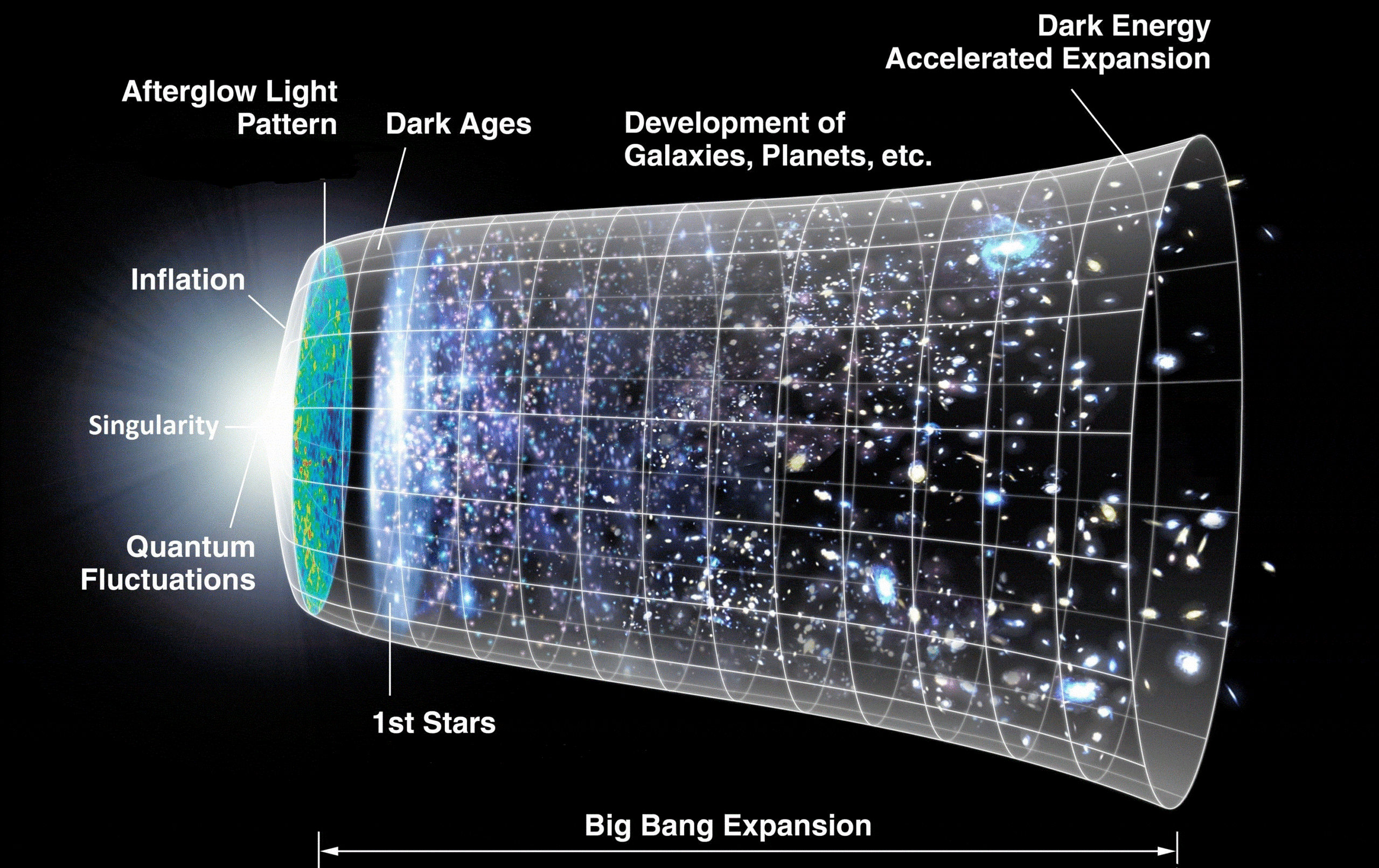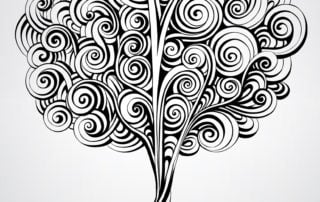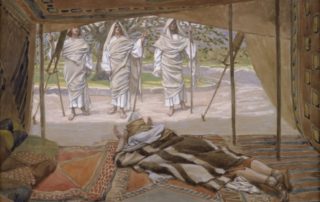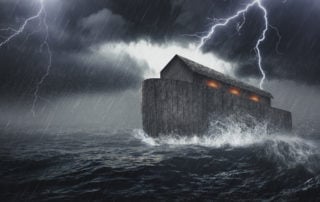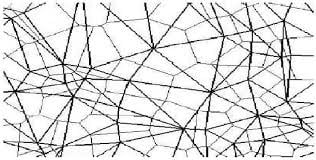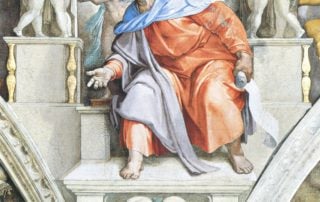Cosmology and the Tetragrammaton
As we discussed in the previous post “Singularity and Paradise,” Paradise offers a beautiful metaphor for modern cosmology wherein Eden is the initial singularity preceding the Big Bang, the river flowing from Eden to water the garden[1] is the expanding universe, and the garden itself is our planet Earth. This metaphor fits nicely with an old Kabbalistic allegory of a glassblower who maps the various stages of the glassblowing process with the four letters of the Tetragrammaton—Y‑H‑W‑H, or yud-heh-vav-heh. To create a glass object, the glassblower must first have a seminal idea of what he desires to create—this corresponds to the letter י (yud) of the Tetragrammaton, because yud represents Chokhmah, which itself represents the seminal idea and inspiration. Before the process of creation begins, the glassblower must inhale air into his lungs—this [...]


